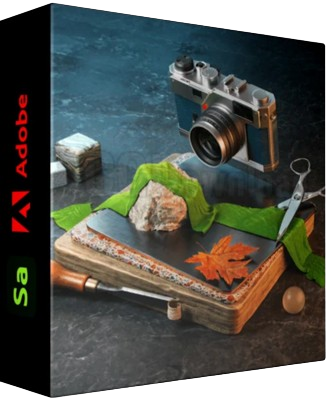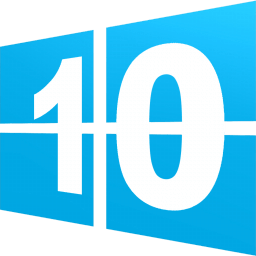Most Commented
Intermediate Three.js with Shaders




Description material

Intermediate Three.js with Shaders | Udemy [Update 03/2022]
English | Size:
Genre: eLearning
Create an interactive 3d globe with custom ThreeJS shaders
What you'll learn
Create and understand ThreeJS shader composition and setup
How to import textures into your shader to create a globe
How to create vertex and fragment shaders
How to import shaders into a vite project
Understand complex 3D terms like normals, attributes, varyings, and UVs
How to draw interactive data points onto a globe with latitude and longitude
How to import bulk data and read it onto a scene
How to animate generated meshes with GSAP
How to add click and drag functionality to the globe
How to scale a 3D scene for smaller screen sizes
How to add mobile event listeners
PLEASE READ: This is a freemium course—the first hour and a half are free (you can watch right here on Udemy [or YouTube] with each video's "Preview" button), while the remaining 3 hours require course purchase. I've always been a big advocate of spreading the basics to as many people as possible, as I believe knowledge and personal growth are some of the best ways to better our world as a whole. Enjoy.
Welcome to the Intermediate ThreeJS with Shaders course, where you will learn how to create an interactive 3d globe with custom ThreeJS shaders.
My name is Christopher Lis, and I'm an award winning Full-Stack Engineer with over ten years of web development experience. I've directly worked with clients like Harvard University, The Basketball Tournament, and premium award winning agencies like Brave People.
The goal of this course is to get you writing your own custom ThreeJS shaders with GLSL, and to help you understand how to import these shaders into a practical ThreeJS scene. You'll also learn how to dynamically place data points on a globe based on the latitude and longitude of different countries. There are little to no videos out there that actually go into this topic in-depth so I figured I should tackle it.
In this course, you'll learn everything from:
– Vertex Shaders
– Fragment Shaders
– Import Shaders with Vite Plugins
– Normals
– Uniforms
– Attributes
– Varyings
– Point clouds and particles
– Bulk Data Imports
– Rectangular Mesh Animation
– Click and Drag Functionality
– Scene Responsiveness
– Touch Event Listeners
And so much more.
If you're serious about taking your ThreeJS skills to the next level, then shaders are logically the next step after become acquainted with the framework. Let me guide you through the full production of a 3d scene you can actually use for a real website.
Who this course is for:
- Intermediate ThreeJS Developers who know how to create scenes with materials, geometries, and meshes

https://nitroflare.com/view/2096BC281618FA0
https://nitroflare.com/view/FF0798F964344BE
https://nitroflare.com/view/39820155BBB8921
Join to our telegram Group
Information
Users of Guests are not allowed to comment this publication.
Users of Guests are not allowed to comment this publication.
Choose Site Language
Recommended news
Commented



![eM Client Pro 9.2.1735 Multilingual [Updated]](https://pikky.net/medium/wXgc.png)






![Movavi Video Editor 24.0.2.0 Multilingual [ Updated]](https://pikky.net/medium/qhrc.png)

